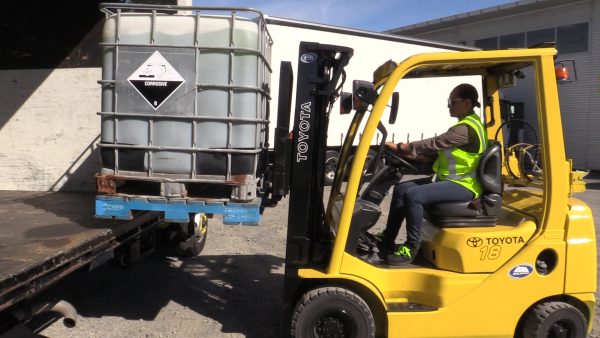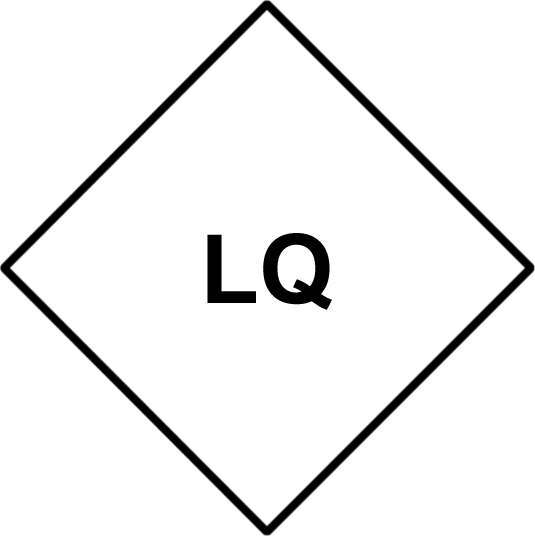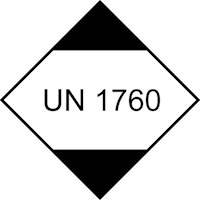Proper packaging of dangerous goods is one of the most fundamental aspects of safe transport. As a driver, while you may not be directly responsible for packaging, understanding the requirements helps ensure you can identify and respond to potential issues before they become dangerous situations on the road.
Understanding Basic Packaging Principles
The core principle behind dangerous goods packaging is containment. Every package must be able to safely contain its contents under normal transport conditions, including the vibration, temperature changes, humidity, and pressure variations that occur during a typical journey. The UN packaging system, which forms the basis of UK regulations through ADR implementation, establishes specific performance standards that packages must meet.
Package Testing and Certification
All packaging used for dangerous goods (except for limited quantities) must be UN-approved and certified. This means the packaging design has undergone rigorous testing, including drop tests, stacking tests, and pressure tests. You can identify approved packaging by the UN marking, which begins with the UN symbol followed by a code that tells you the type of packaging and its testing level. For example, a steel drum might be marked as “UN 1A1/Y1.4/150/23/GB/VCA123″—this” coding system provides crucial information about the package’s capabilities and limitations.
Different Types of Packaging
The regulations recognise several main categories of packaging:
Single packaging is the simplest form, where the dangerous goods are contained in one receptacle, such as a drum or canister. Combination packaging involves an inner receptacle placed within an outer package, providing additional protection. Composite packaging consists of an inner receptacle and outer packaging that are designed to function as an integrated unit.

For larger quantities, Intermediate Bulk Containers (IBCs) offer a solution between conventional packaging and tanks. These are becoming increasingly common for deliveries to industrial sites, and as a driver, you’re likely to encounter them regularly.
Practical Considerations for Drivers
While checking packaging integrity is primarily the consignor’s responsibility, drivers should be aware of what to look for during loading and transport. Check for obvious damage, proper closure of all openings, and correct orientation arrows where required. Be particularly vigilant with packages containing liquids, as these can create serious hazards if they leak.
Remember that different climate conditions can affect packaging integrity. For instance, plastic packaging has a maximum service life of five years for most dangerous goods, as exposure to sunlight and temperature variations can degrade the material over time.
Special Requirements for Specific Classes
Some dangerous goods classes have additional packaging requirements. For example, Class 1 (explosives) must be packaged to prevent any movement within the outer package, while Class 7 (radioactive materials) requires specific shielding properties in the packaging material.
Limited Quantities Provisions
The limited quantities (LQ) provisions allow for some relaxation of packaging requirements for smaller amounts of certain dangerous goods. However, these still need to meet basic quality standards and be suitable for transport. The packages must display the LQ mark—a diamond with black borders containing either the UN number(s) or letters “LQ.”.



Documentation and Checking
As a driver, you should ensure that the transport document matches the packages you’re carrying and that any special instructions for handling or stowage are followed. If you spot any discrepancies or damage, report them immediately to your supervisor or the consignor.
Understanding these packaging requirements helps you maintain safety standards and comply with regulations. While you may not be directly involved in packaging, your knowledge can help prevent incidents and ensure dangerous goods reach their destination safely. Load security training is important when loading or transporting dangerous goods.
Remember, the Vehicle Certification Agency (VCA) maintains a database of approved packaging, which can be a useful reference if you need to verify packaging standards. When in doubt about any packaging aspects, always consult your Dangerous Goods Safety Adviser (DGSA) or supervisor.
